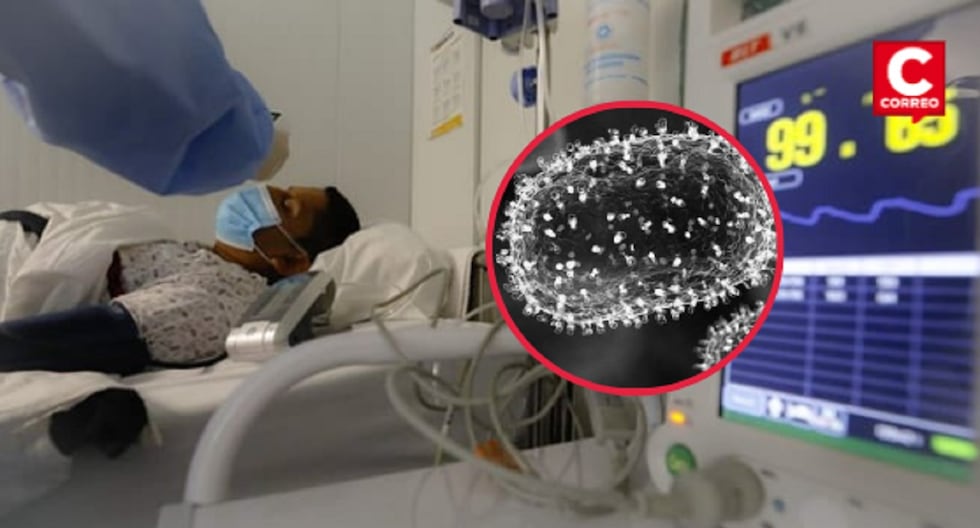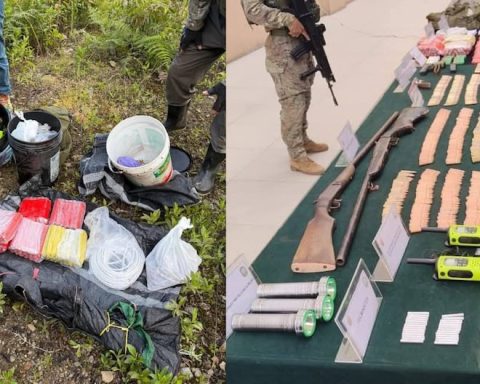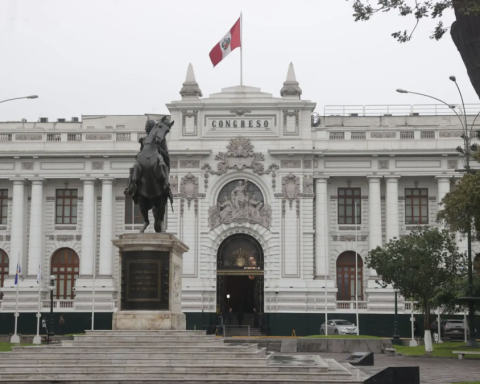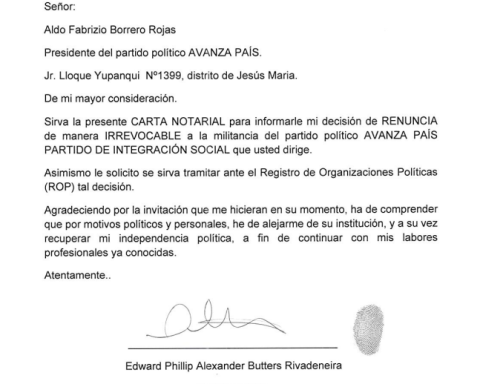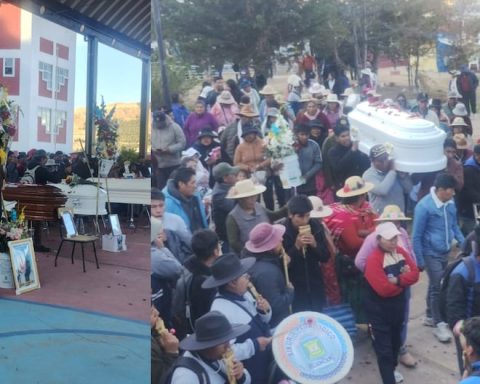In order to alert the different public and private health establishments nationwide about the risk of the introduction of the Mpox lineage or clade Ib in the country, the Ministry of Health (Minsa), through the National Center for Epidemiology and Disease Control (CDC Peru) issued the Epidemiological Alert – AE 008 -2024.
LOOK: WHO declares monkeypox a new international public health emergency
The document recommends strengthening epidemiological surveillance and research actions through the different regional health directorates and managements, as well as the Integrated Health Network Directorates (Diris) in North, East, Center and South Lima; as well as strengthening the capacities of professionals in the sector.
It also points out the need to adapt the different health services to ensure care for people affected by the disease. Strengthen the operability of the different llaboratories with genetic material for the identification of Mpox. Guarantee the stock of vaccines, supplies, human and logistical resources to implement vaccination strategies to benefit people belonging to the risk group.
It is specified that through the Directorate of Health Promotion, multiple strategies will be coordinated with the different regional, provincial and local governments, such as the iInspection of premises and companies that provide hotel services, saunas, gyms, tattoos, among others in the sector, for prevention from the community.
In addition, a communication plan based on risk communication has been developed, which will allow preventive messages to be adapted to society.
National Center for Epidemiology
The director of the National Center for Epidemiology and Disease Control (CDC Peru), César Munayco Estate reported that the country currently does not report cases of the new lineage or clade Ib, which has been identified in the Democratic Republic of the Congo and a growing number of countries in Africa.
Peru reports 77 cases belonging to serotype or clade IIb, which is related to the lineage reported since 2022. There have also been no deaths from the disease.
